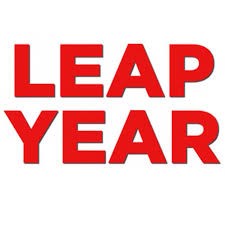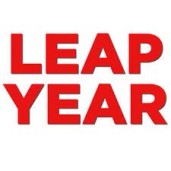
Happy New Year – LEAP Forward!
Upon us again is another New Year to observe, to grow, to set new plans and to move forward in already established ones. I am always excited when new anything rolls around. This just happens to be one that I not only welcome but I wanted to share the origin of it with you. Come!…
3 minutes







Leave a comment